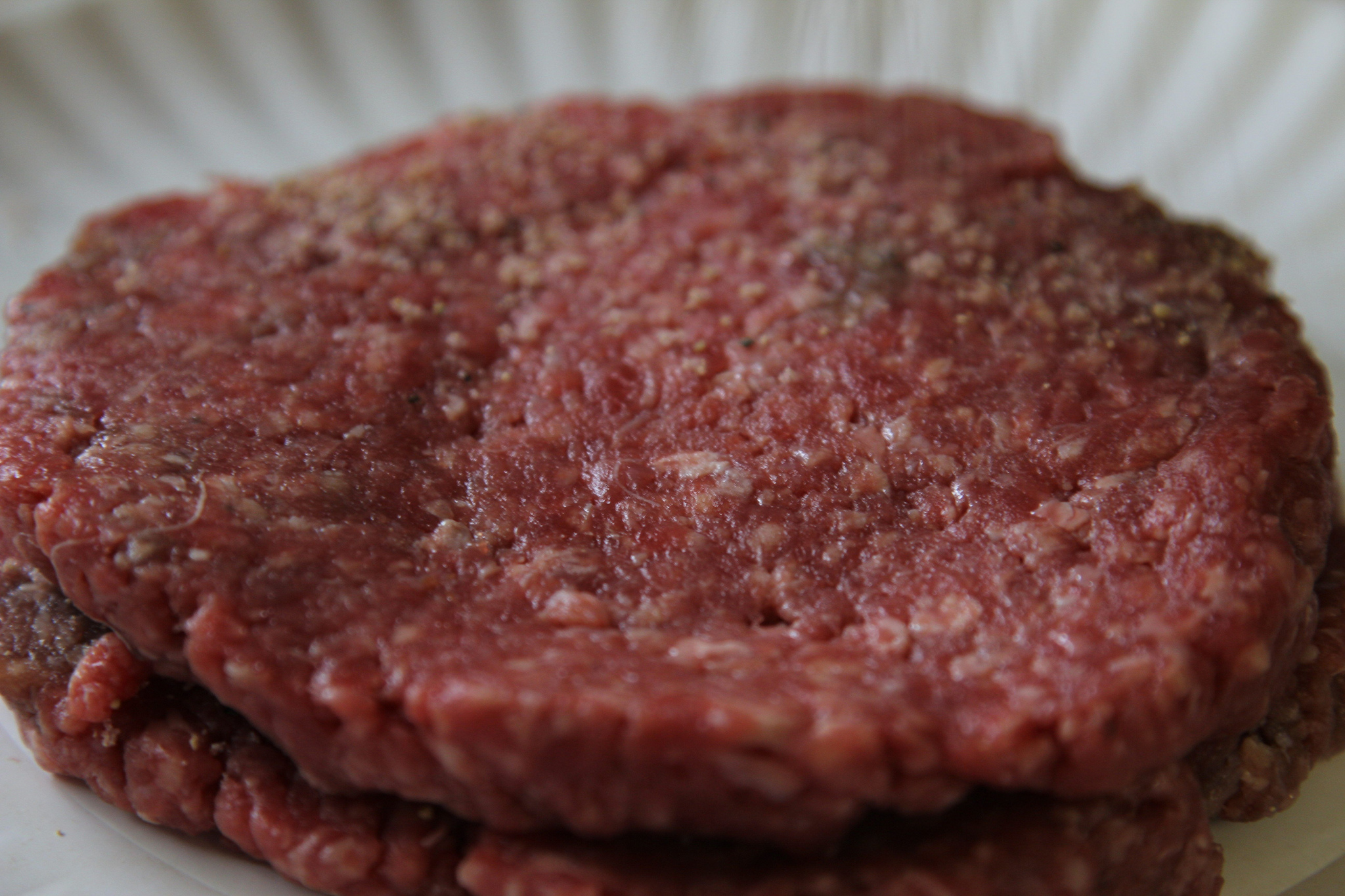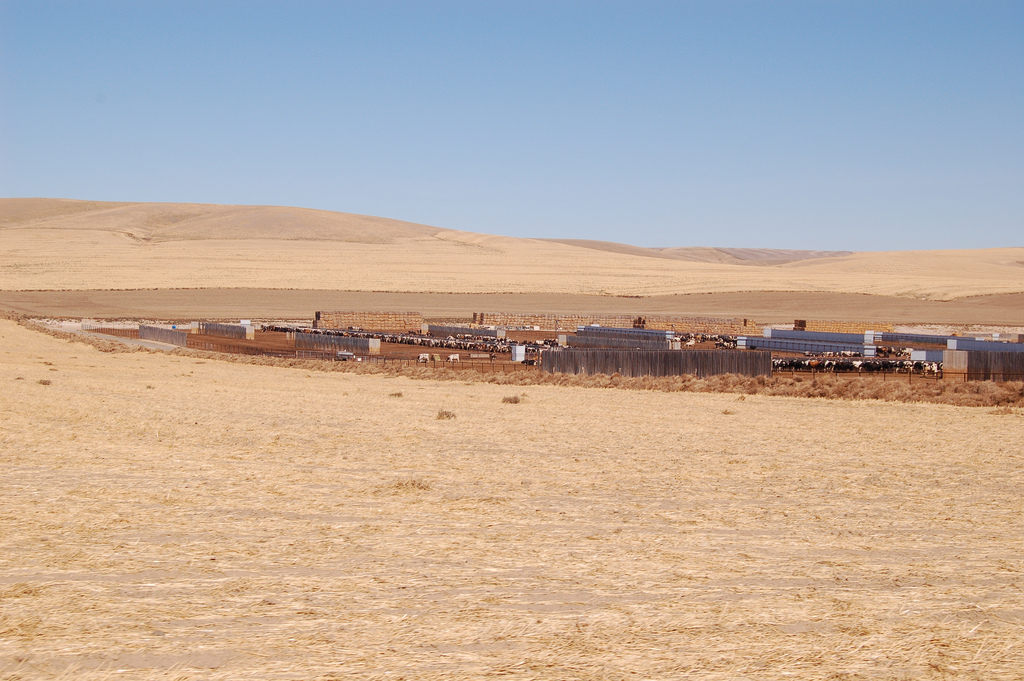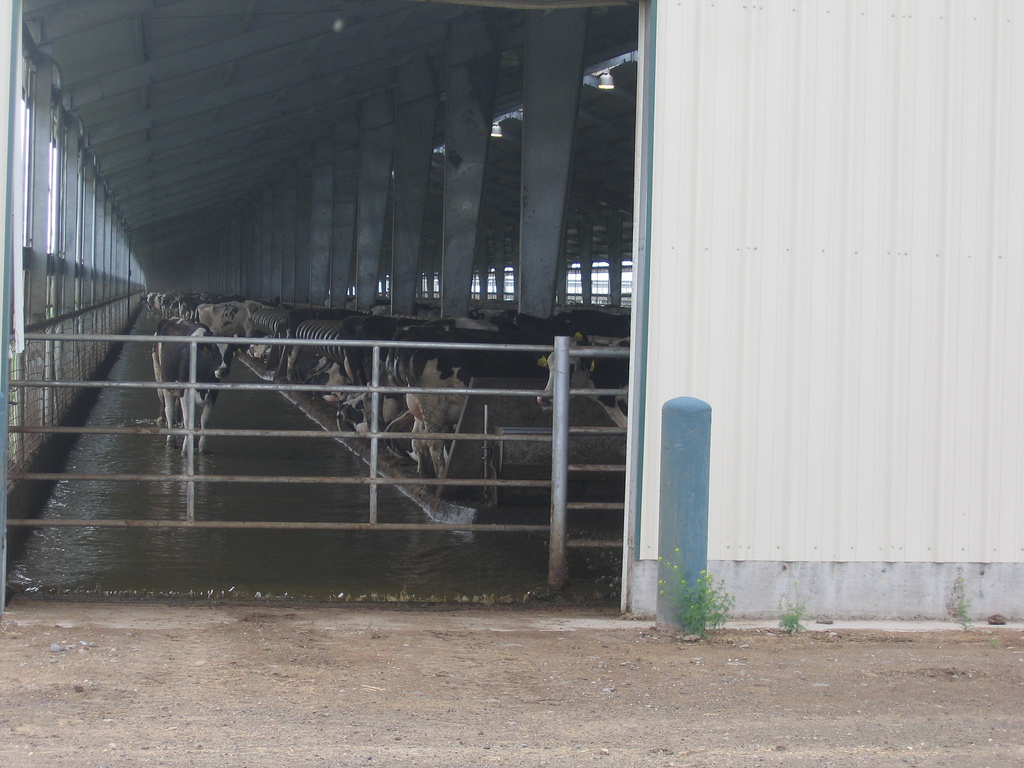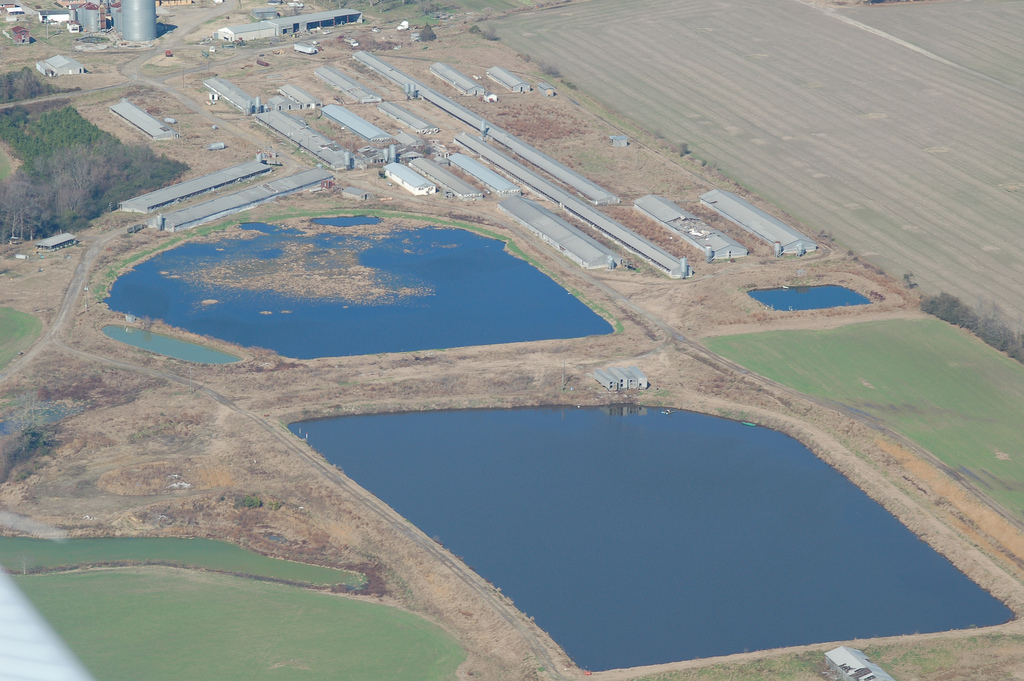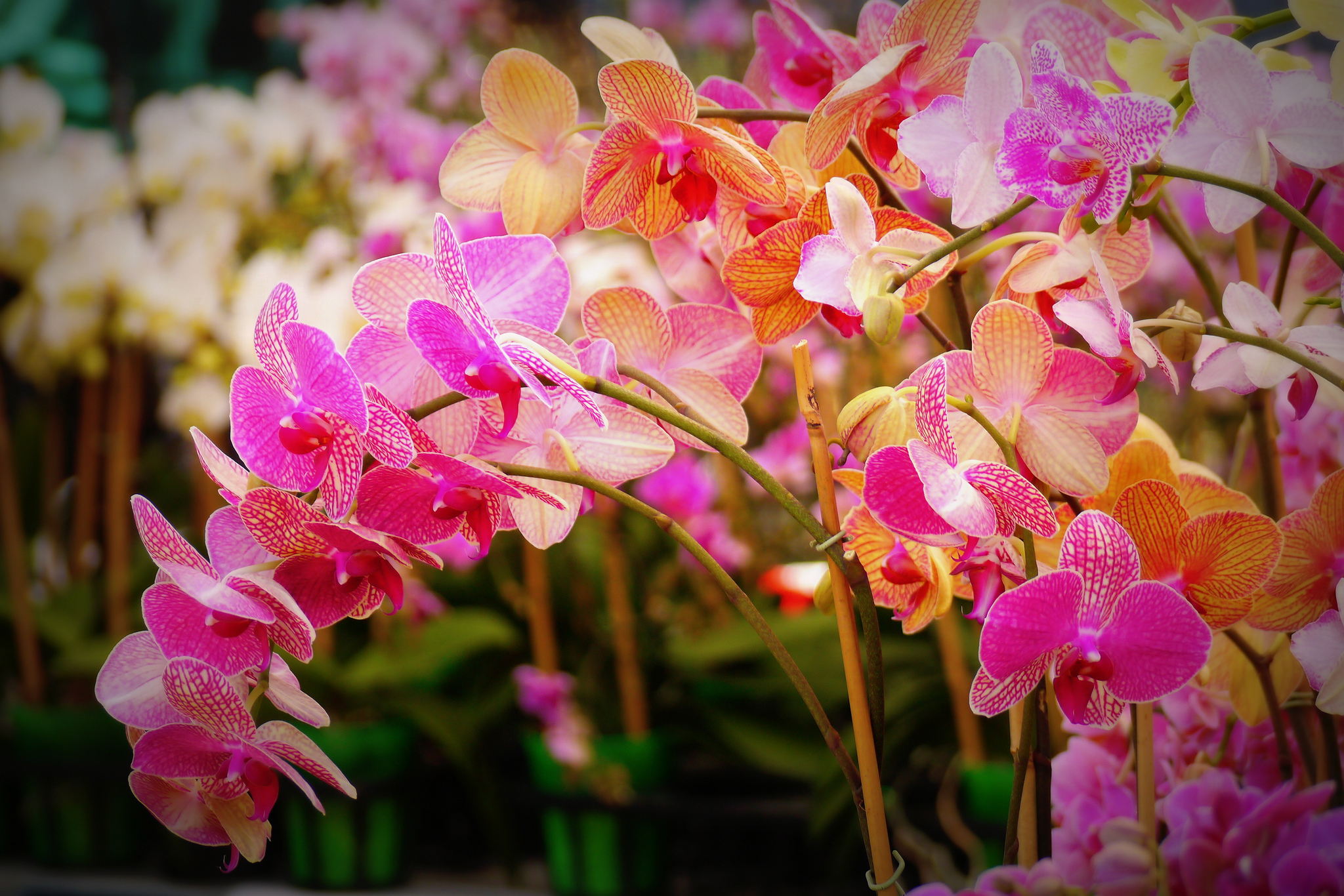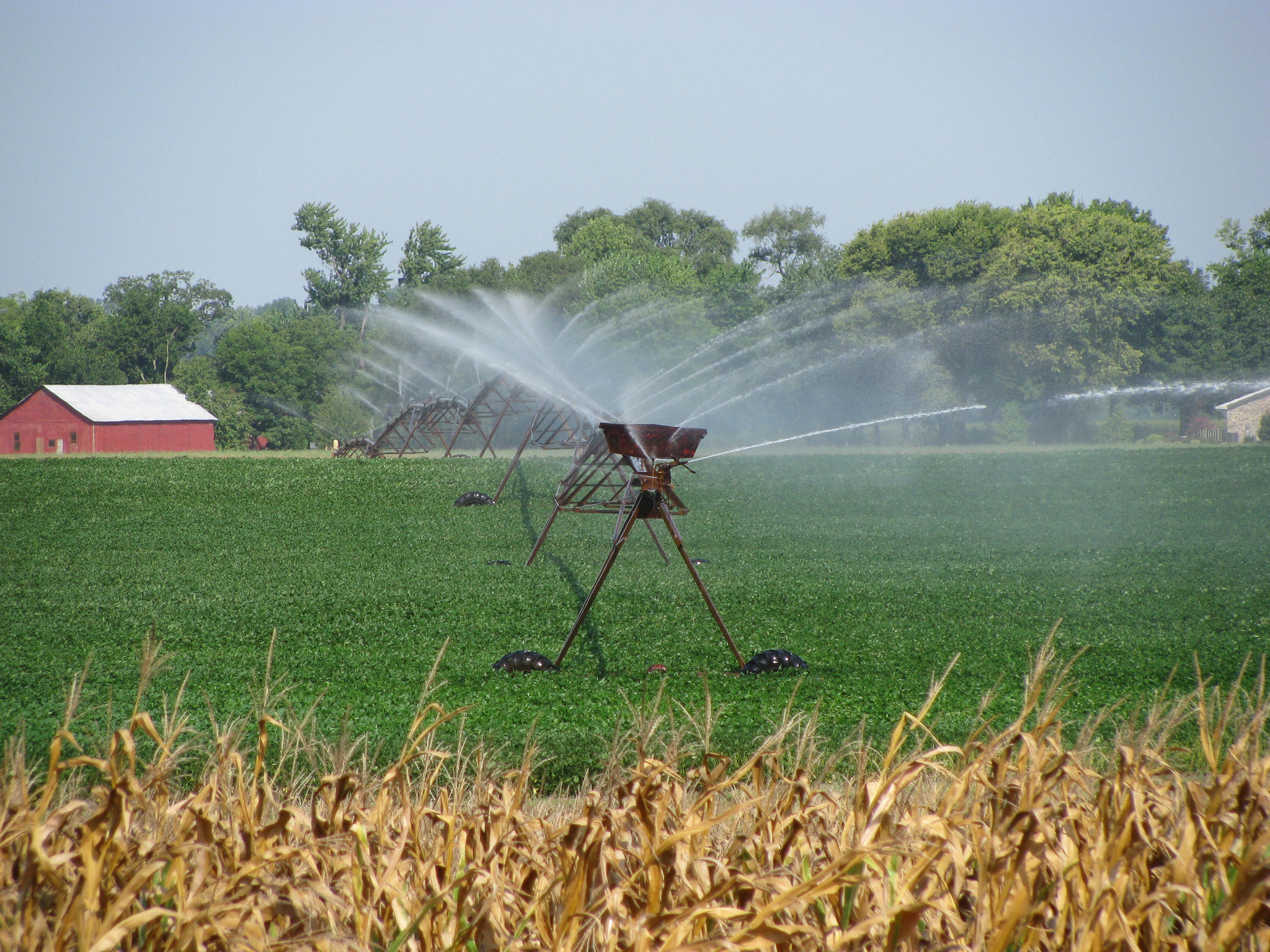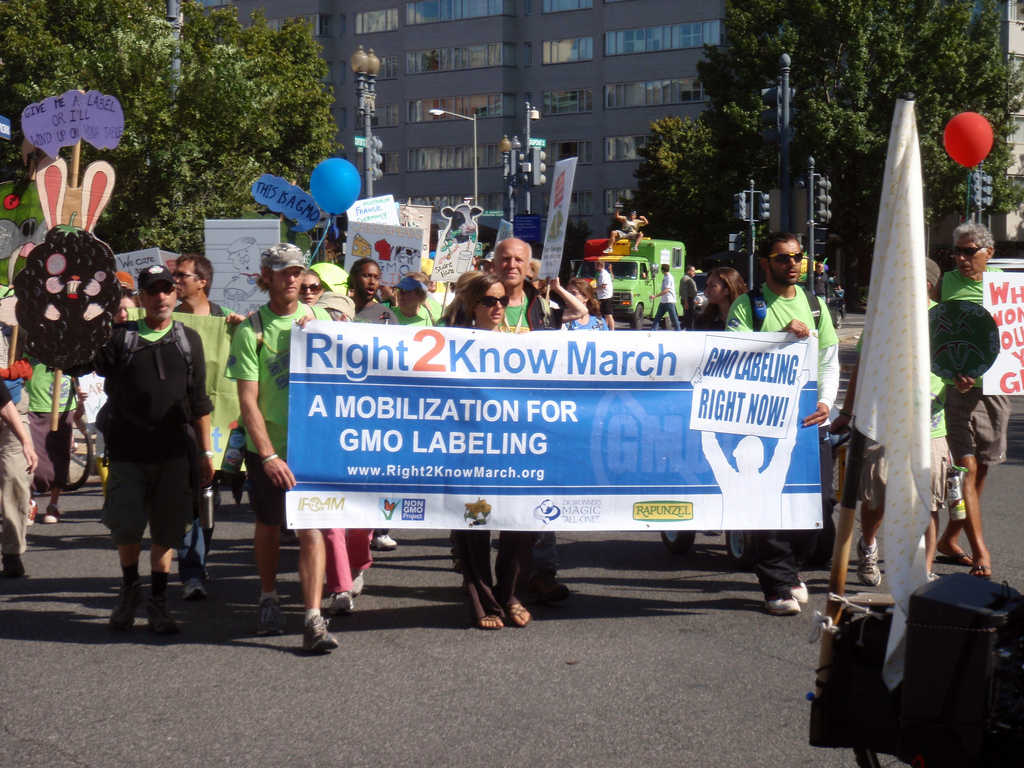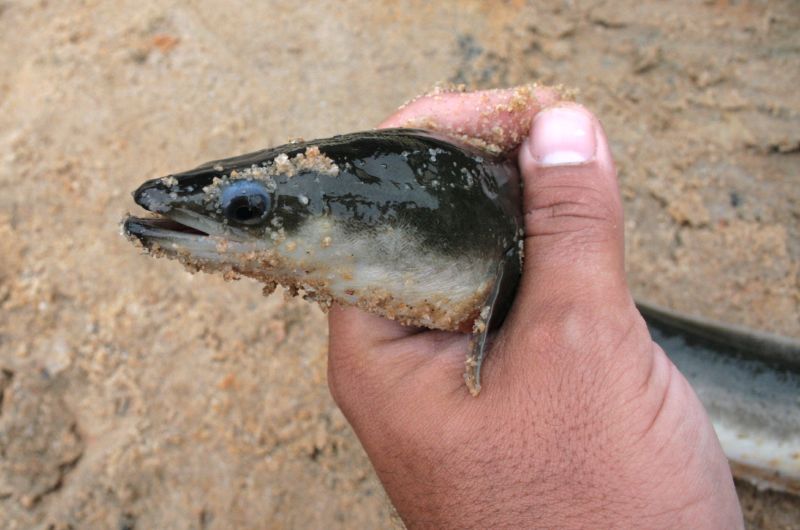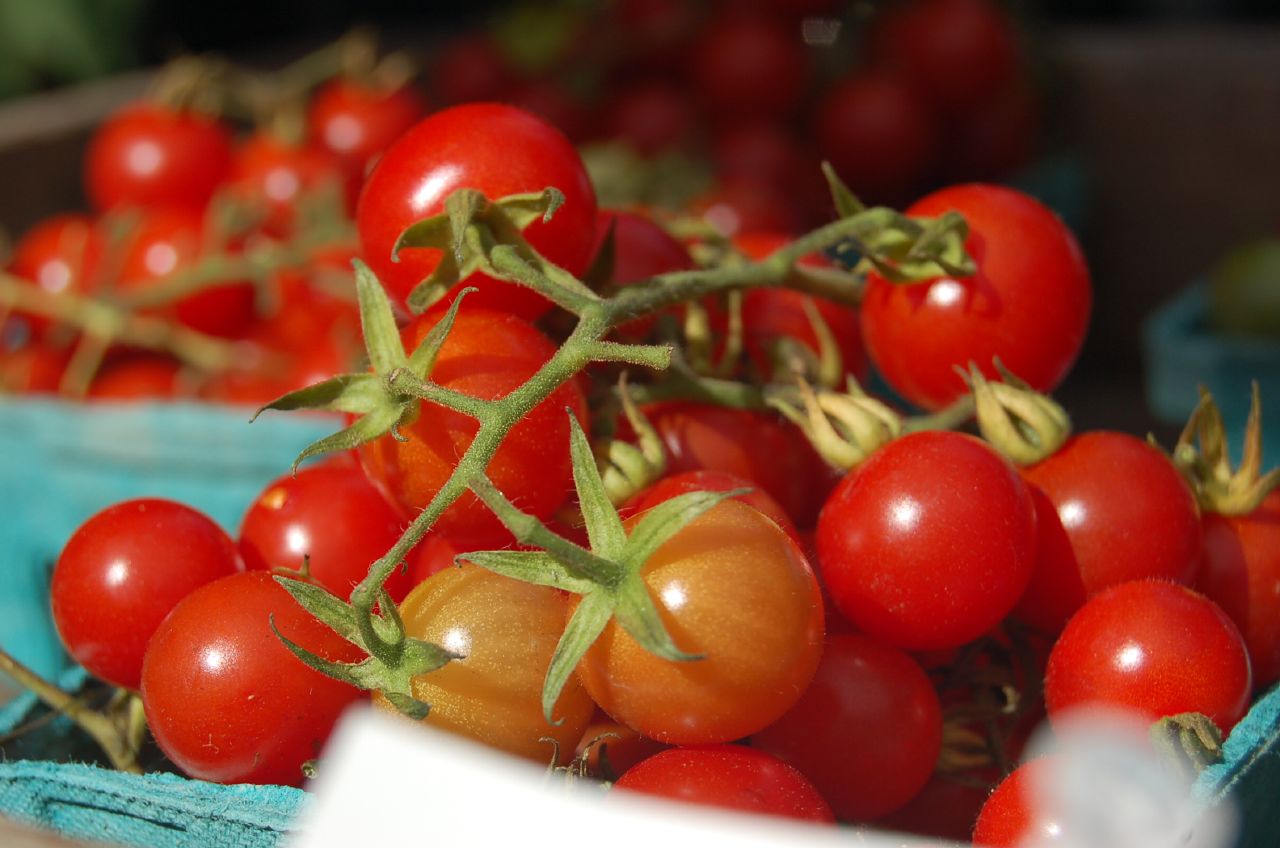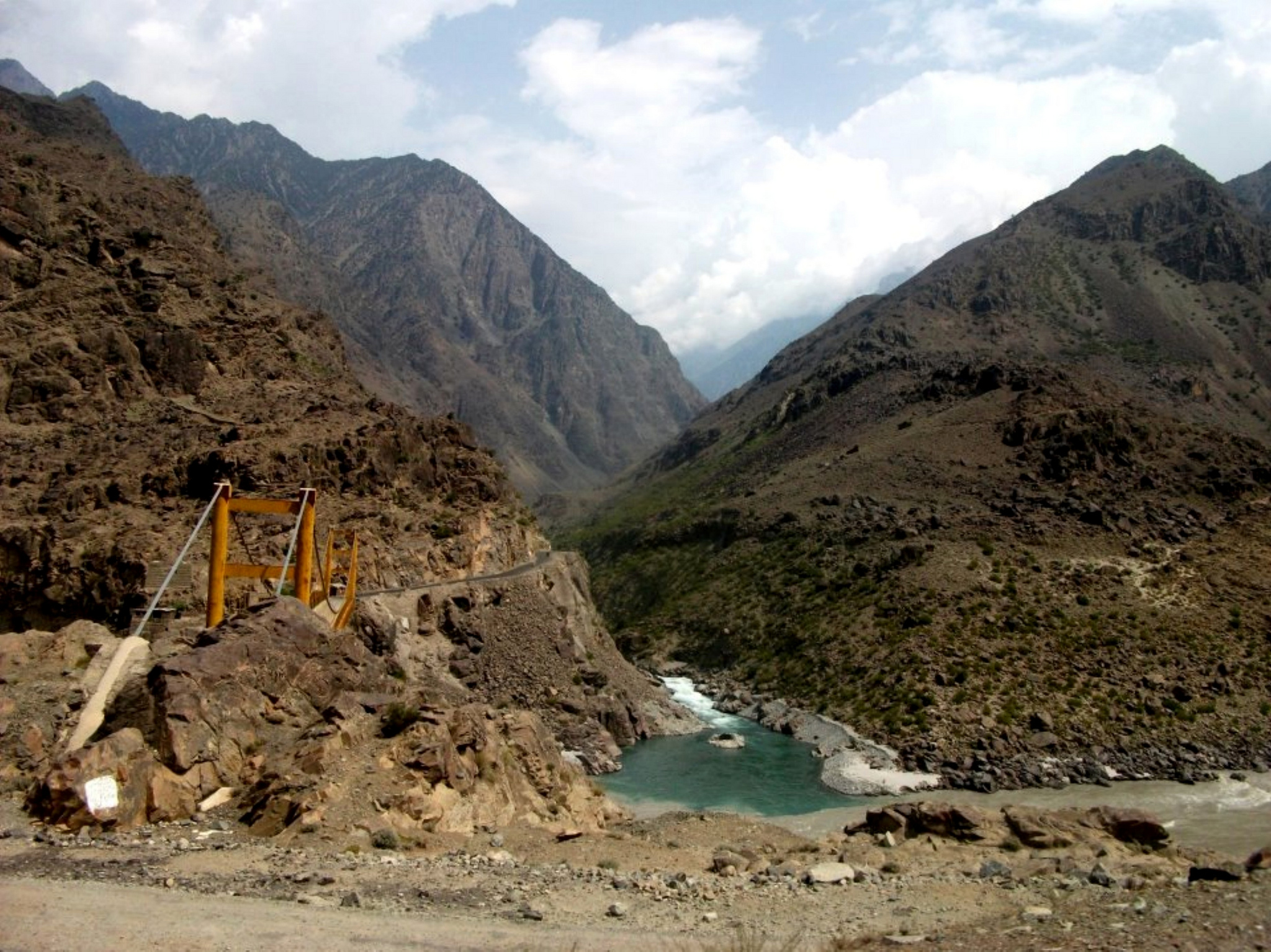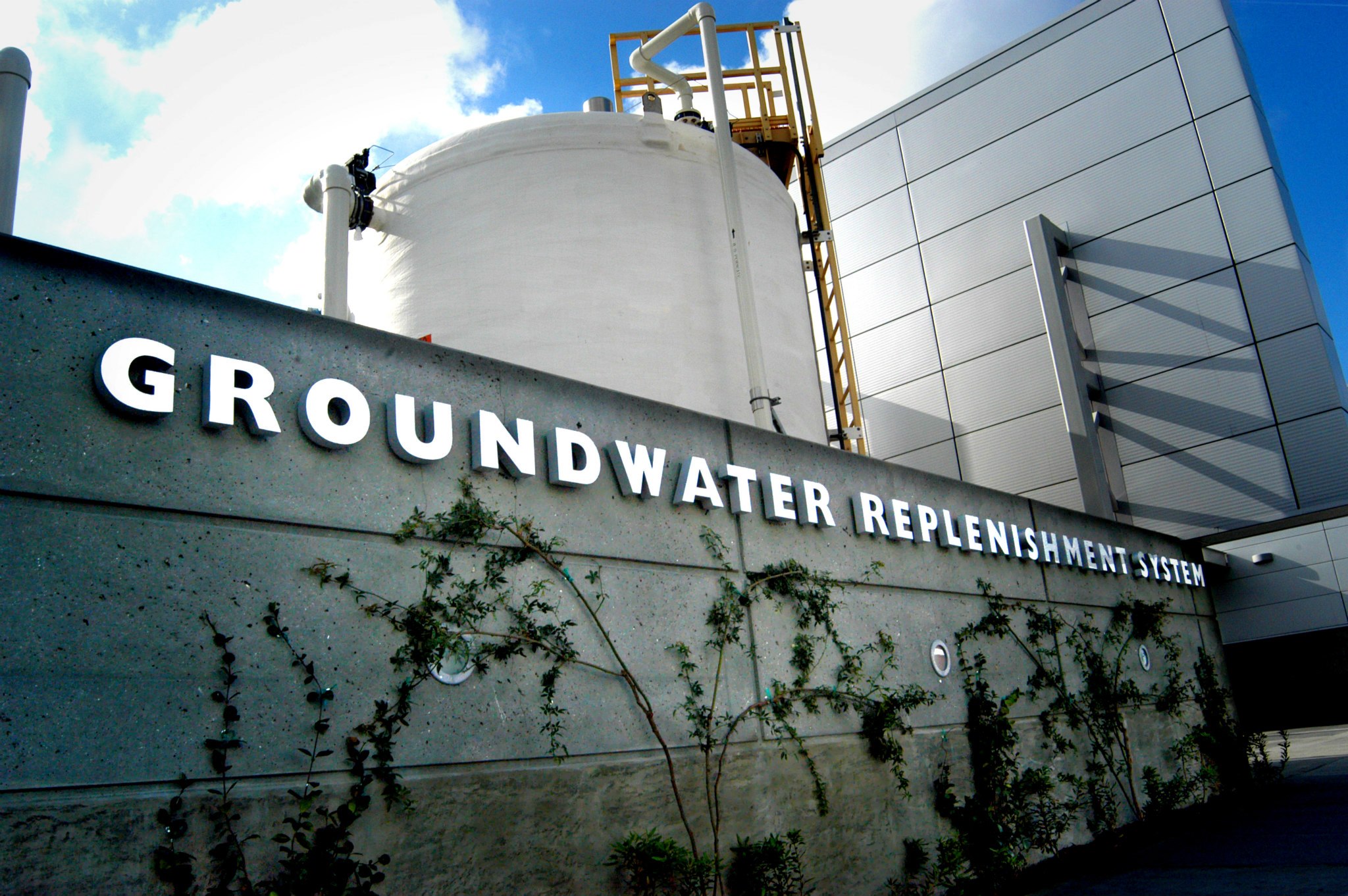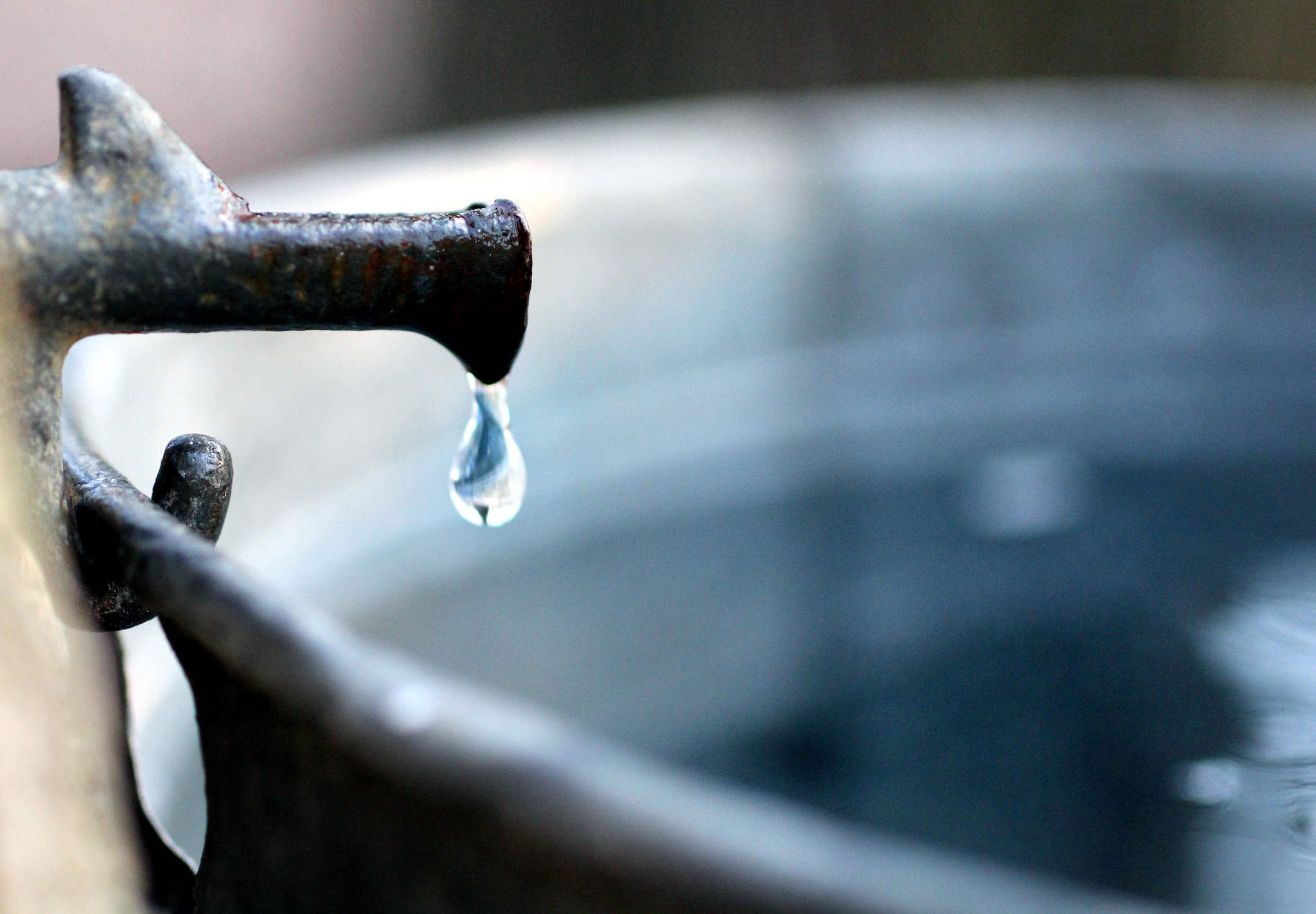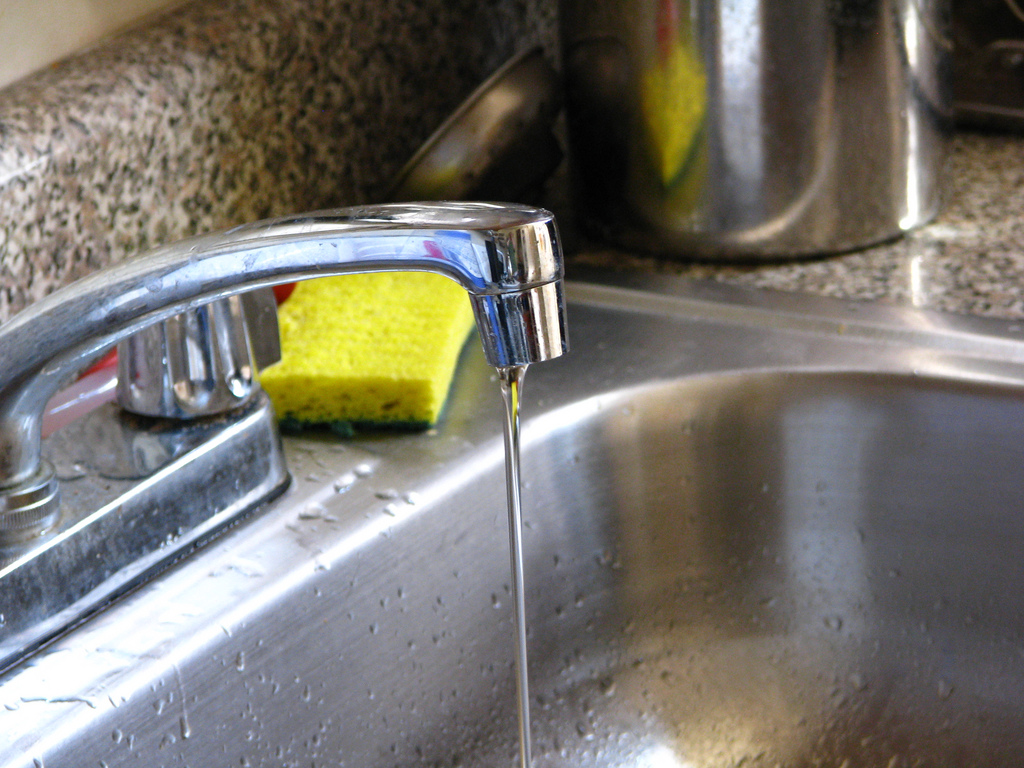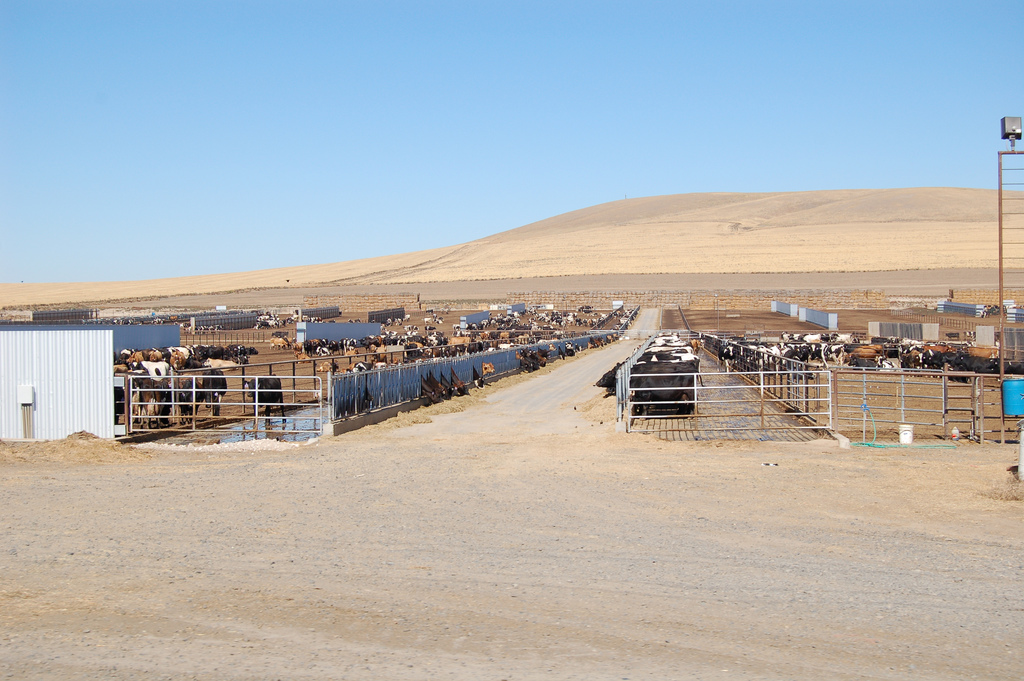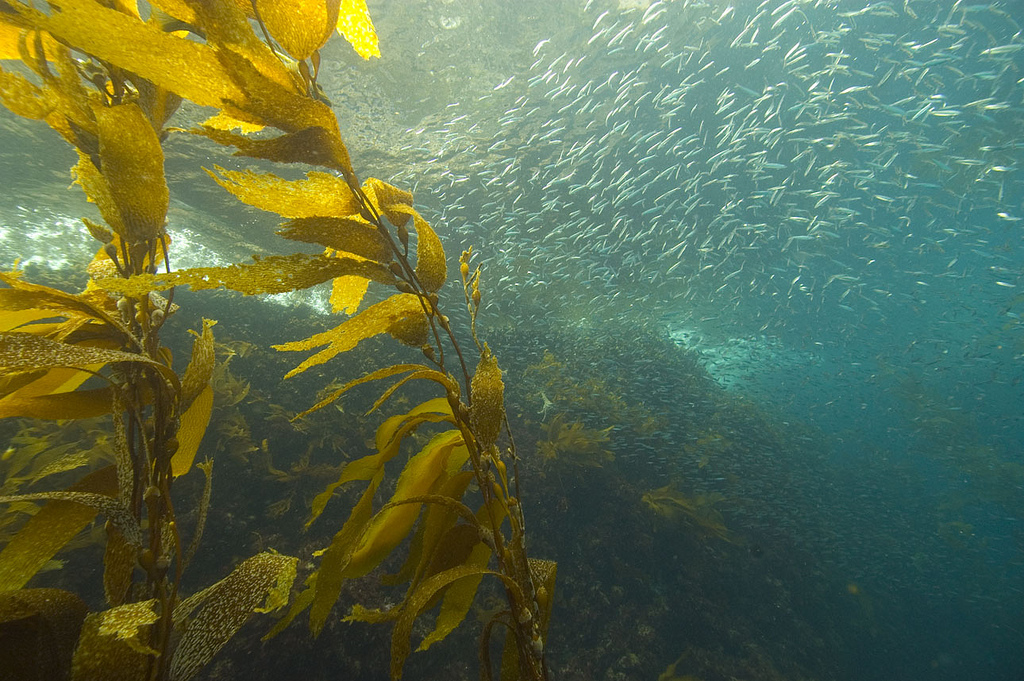Agriculture
Factory Farming And The Environment
Factory farms put an incredible strain on earth’s natural resources. While originally built for maximum efficiency, factory farms actually yield relatively small amounts of meat, dairy and eggs given the staggering price the environment pays.
The Welfare Of The Animals In Factory Farms
These are not Old MacDonald’s farms. Far from the idyllic, spacious pastures that are often shown in food advertisements and children’s programming, factory farms raise large numbers of animals in extreme confinement. More than 99% of farm animals in the U.S. are raised on factory farms, where they’re regarded as a commodity for maximizing profit.
[Read more…] about The Welfare Of The Animals In Factory Farms
What Is Factory Farming?
We should start by clearing up a myth: A factory “farm” is no farm at all. It’s quite simply an animal factory built for efficiency. Approximately 70 billion farm animals worldwide call these places home – including chickens, turkeys, cows, pigs, goats, and sheep.
Chocolate That Is Less Bittersweet
February is a boon for the chocolate industry, with heart-shaped confections found everywhere from drugstores to gas stations. Of course, the same could be said of almost any holiday, as chocolate has become a quintessential part of Easter, Mother’s Day and more.
Sustainable Flowers
It’s that time of year when many of us will buy flowers for those we love. After all, what’s more quintessentially romantic than a bouquet of red roses? But what it takes for those roses to get to the refrigerated case of your local florist is decidedly less romantic.
Global Warming And Wine
It has often been argued that global climate change is affecting the less fortunate more than the wealthy. Having money can insulate people from such problems as rising food prices and flooding in coastal areas. Apart from that, much wealth is generated by industries that contribute to global warming as opposed to combating it.
Hidden Water Usage
Water is essential for life and we use lots of it. What few of us think about is how much of our water use is hidden. This is the water used to produce the food we eat and the things we use in our daily lives. When this is added in, each person consumes between 500 and 1,300 gallons per day, or as much as 480,000 gallons a year, enough to fill an Olympic-sized swimming pool.
The European Union Can Ban GMO Crops
The widespread use of genetically modified organisms or GMOs in crops is an increasingly controversial practice. Here in the US, there are battles over labeling laws and disclosures about which foods contain GMOs and which ones don’t.
Reducing Phosphorus Pollution In Lake Erie
Toxic algal blooms have been spreading throughout Lake Erie. In August, contamination left 400,000 residents in Ohio and Michigan without water for 72 hours. Now, legislators are taking steps to prevent future catastrophes by regulating farming practices.
[Read more…] about Reducing Phosphorus Pollution In Lake Erie
